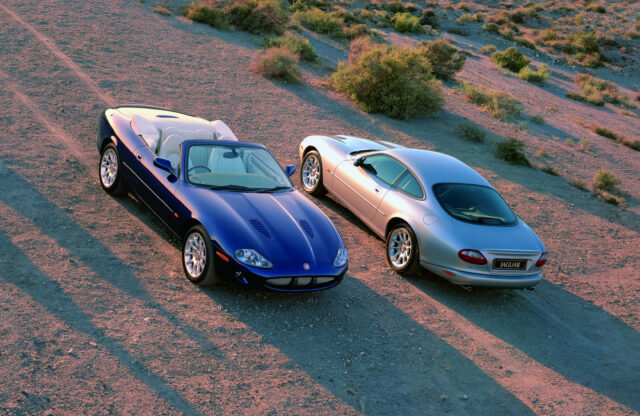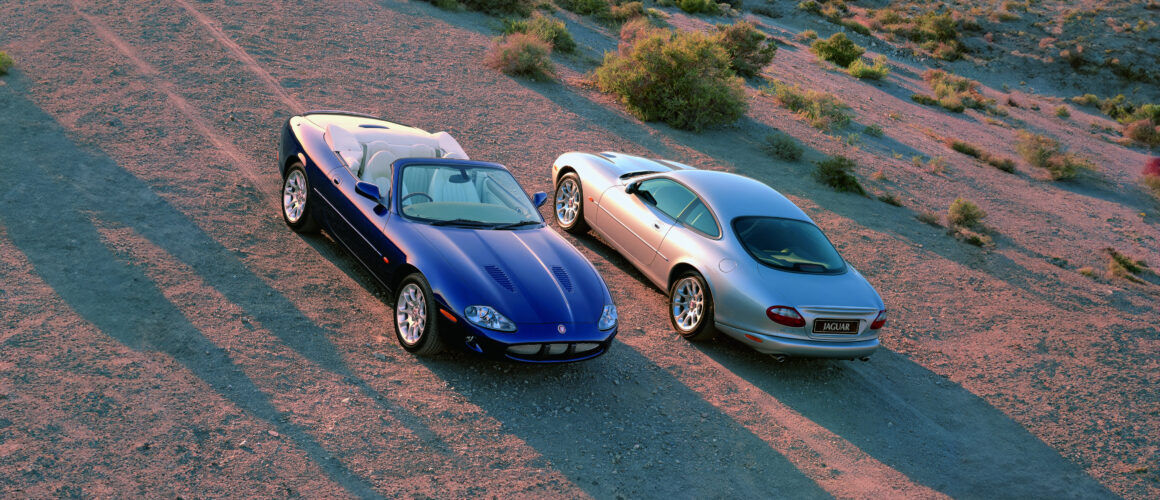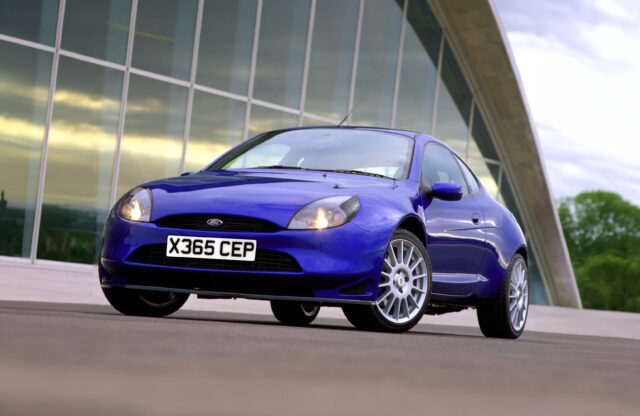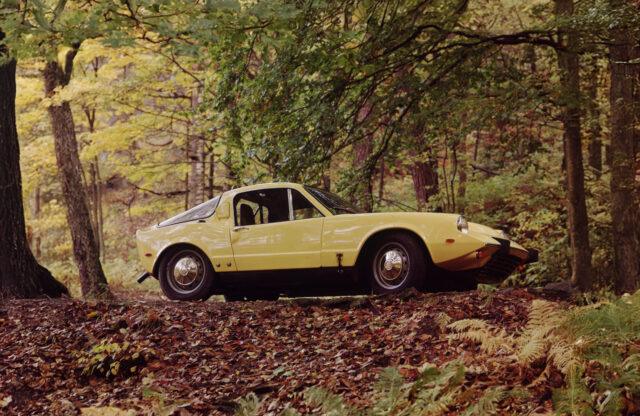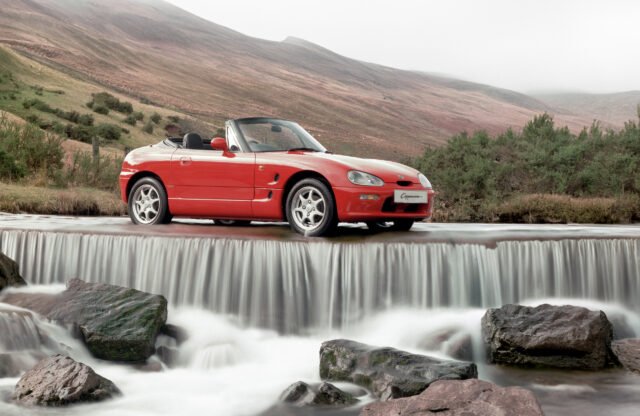It’s difficult to predict how well a car is going to age, but after 25 years it’s clear that the the X100- generation XK8 has stood the test of time. It’s not just a handsome car, but a relatively easy-going ownership proposition, too – if you buy the right example.
Early XK8s and Rs have been temptingly cheap for a while, which means that there are plenty of rough or neglected cars around. While build quality was generally pretty good throughout its life, running costs are not insignificant. But find a well-cared-for example, and keep on top of it, and it’s unlikely to throw too many headaches your way. As sexy V8-powered coupés go, not much can match an XK for value. For now at least.
Jaguar XK8 & XKR history and development
With the covers pulled off at the 1996 Geneva motor show, this curvaceous GT finally replaced the long-lived XJS. It was developed under Ford’s ownership, in effect a mash-up of XJS floorpan and X300 XJ saloon rear suspension. The front end was bespoke to the XK, and it boasted an all-new alloy 4.0-litre AJ-V8 engine under its long bonnet. With four camshafts and 32 valves, this silky-smooth unit kicked out 294bhp from launch, coupled exclusively to a five-speed automatic gearbox.
The driving experience was everything you would expect from a Jaguar: refined, cultured and capable. A 1640kg kerbweight blunted performance slightly, but it would still happily take you up to a limited 155mph top speed. This wasn’t an out-and-out sports car, and in truth, it made more sense as a boulevard-cruising convertible, which followed a month later.
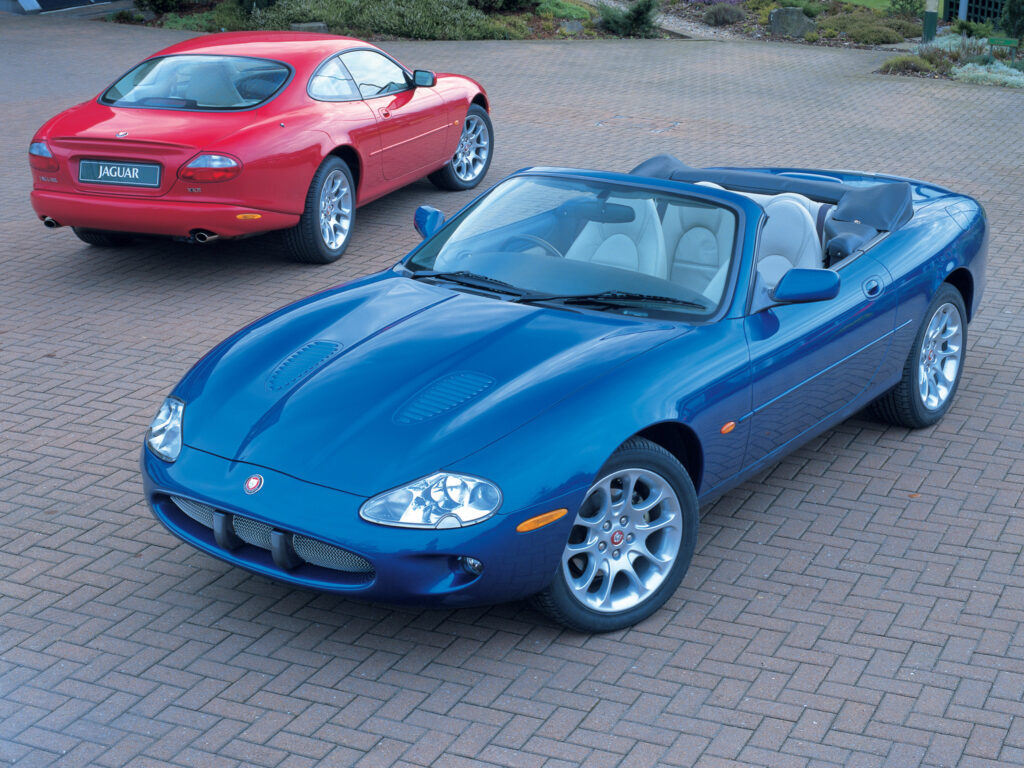
Buyers looking for something a little more serious were catered for in 1998 with the introduction of the supercharged XKR. This 370bhp range-topper took the X100 to new heights, with a sharper adaptive chassis set-up, beefed-up bodywork and arch-filling 18-inch wheels. Still limited to 155mph, but it got there quicker – hitting 62mph in 5.4 seconds.
By October 1999, the not insignificant problem of bore wear on the early Nikasil-lined 4.0-litre engines was eradicated, thanks to the use of steel liners. This problem is well-documented, and also affected BMWs of the same era, caused by high-sulphur petrols sold at the time. Many older cars also received new engines under warranty but, if it was unaffected at the time, then it’s most likely fine today.
There was a minor facelift in 2000, with new wheels and foglight treatment, and to celebrate Jaguar’s introduction to Formula 1 there was a Silverstone special edition, which featured 20-inch BBS wheels, upgraded Brembo brakes and SVO-tweaked chassis.
Along with the introduction of an updated 4.2-litre engine in 2002, a new six-speed ZF gearbox improved the XK further. The standard car’s power was up to 300bhp, with the R now pushing 400bhp. There was a final restyle in 2004, with a reprofiled grille and larger sill covers. Production came to an end in 2005 with the introduction of the sharp-looking X150-generation XK. Europe got the run-out 4.2S XK and XKR model, with a similar ‘Victory’ model seeing out the X100’s tenure in the US. Special colour and trim options make these highly sought-after today.
Common problems
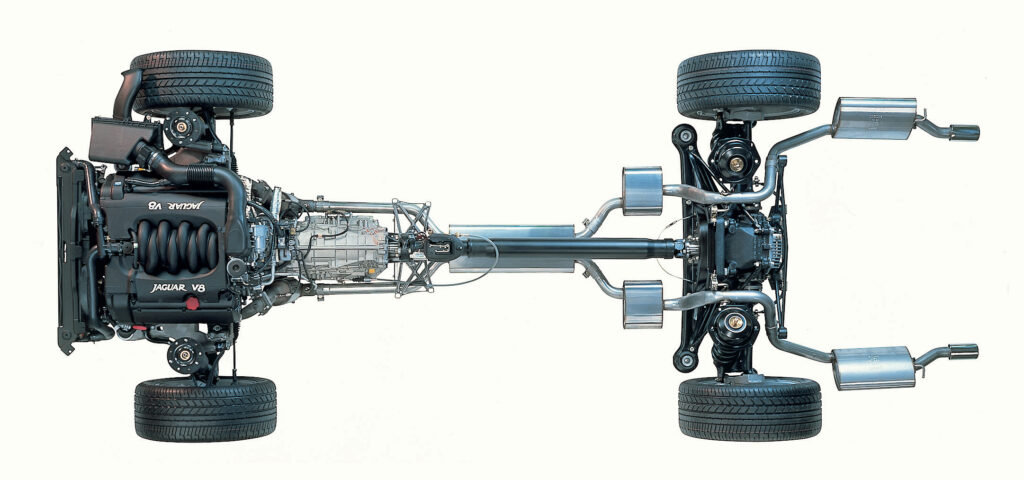
• Most of the Nikasil engine problems have been fixed by now, but do be aware of the issue. Early timing belt tensioners are a known weakness, so make sure it’s been upgraded. If well-serviced, there’s little else.
• Between the different auto ’boxes there are various weaknesses, so it’s vital that you ensure smooth shifts. Despite being ‘sealed for life’, the gearboxes must have scheduled fluid changes.
• Replacement CATS dampers are expensive, so check everything is working.
• There are various rust-prone areas, including floorpans, sills, wheelarches and front chassis legs.
What to pay
Early XK8s are still the entry point, from high-mileage rougher cars at £3500 to very nice cars at £8500. The very best examples are £15k-plus. Add about £1000 if you want a convertible version. XKRs start from about £5000, with tidy examples around the £8-12k mark. Pay up to £20,000 for the best.
